Against the backdrop of the manufacturing industry accelerating its evolution towards digitalization and intelligence, "flexibility" and "response speed" have become new anchors for factory competitiveness. The loading and unloading system, which is at the key node of the production line, is upgrading from a traditional mechanical executor to a core unit of integrated control and standardized deployment. It not only undertakes the task of connecting the flow of materials, but also plays an increasingly important role in promoting modular manufacturing, flexible scheduling, and human-machine collaboration.
The evolution of loading and unloading systems: from robotic arms to modular units
Most of the early loading and unloading devices were based on a single robotic arm to perform repetitive tasks of material handling and loading and unloading, and lacked the ability to coordinate with the production line rhythm and process flow. Today, with the rapid development of sensors, visual systems, and motion controllers, modern loading and unloading systems are no longer just "porters", but composite modules with autonomous identification, path planning, and data feedback capabilities.
This transformation means that the loading and unloading device has moved from an isolated workstation to a "system synergy" - it can be interconnected with key nodes such as processing equipment, conveyor lines, and warehousing systems to achieve task connection and status synchronization between multiple processes, becoming an indispensable connection core in smart factories.
Integration logic under the modular trend
The core of modular manufacturing is to disassemble complex production lines into standardized and reusable functional modules to adapt to multi-variety and small-batch production scenarios. Under this logic, the integration capability of the loading and unloading system becomes the key.
Today's loading and unloading modules often have the attribute of "plug and play" and can be quickly adapted according to different processing units (such as CNC, stamping, injection molding, etc.). This standardized interface and configurable architecture allows factories to replace products or switch processes without having to make a big move on the entire production line, greatly shortening the line change cycle and improving production capacity flexibility.
In addition, the coordinated integration of multi-axis robotic arms, visual positioning systems, and autonomous navigation chassis enables loading and unloading units to have spatial perception and path planning capabilities, which can be flexibly deployed in different areas of the workshop to achieve true cross-process material handling.
Standardization promotes system replication and implementation speed
In the past, deploying a loading and unloading system often required on-site customization and lengthy debugging, which became a bottleneck in the factory's "smart transformation and digital transformation". With the improvement of standardization, the deployment mode of the system is also undergoing profound changes.
At present, many equipment manufacturers have launched standard versions of "loading and unloading workstations" and "palletizing and handling kits", and users can choose robot arm models, end effectors, visual modules, slides and control systems as needed. This "building block" combination method not only speeds up project implementation, but also reduces the threshold for small and medium-sized enterprises to enter intelligent transformation.
More importantly, standardization makes the loading and unloading system replicable. Users can quickly promote verified solutions and form a "unified framework + local customization" deployment strategy within the enterprise.
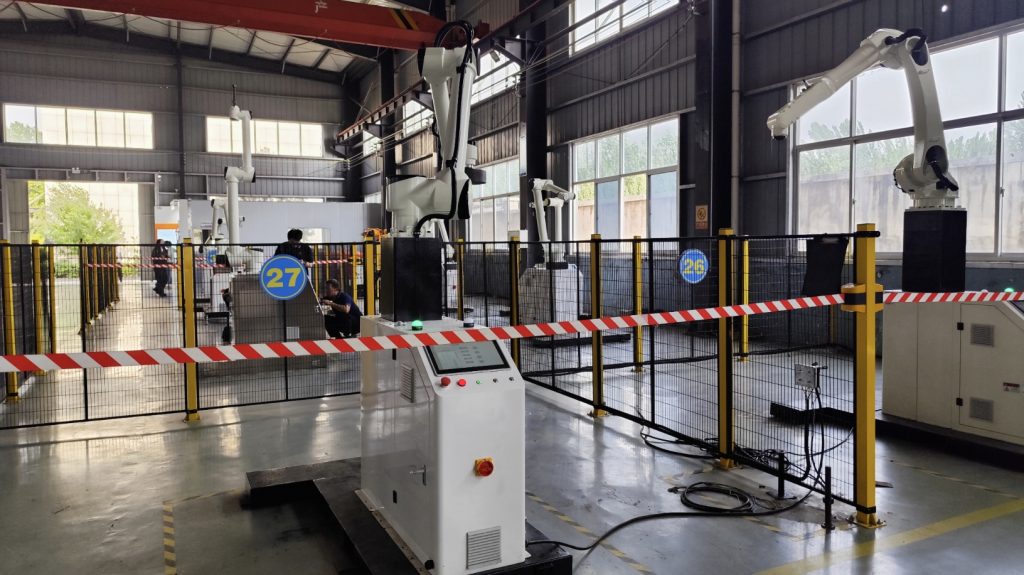
From bottom-level connectivity to upper-level scheduling: the digital transition of loading and unloading
At a deeper level, modern loading and unloading units are no longer just "mechanical actions", but intelligent nodes with status feedback, information upload and task collaboration capabilities. Through embedded sensors and edge computing modules, the loading and unloading system can provide real-time feedback on material status, execution progress and abnormal information, helping the production line to achieve beat adaptation and smooth switching of task flow.
This means that it is leaping from an "action node" to a "process coordinator", playing a role in multiple levels such as work order flow, equipment coordination, and production scheduling control. Especially in multi-line parallel or asynchronous manufacturing tasks, the real-time information flow provided by the loading and unloading unit has become an important reference for the formulation of the overall scheduling strategy of the factory.
Multi-scenario adaptation promotes the penetration of the entire industry
With the enhancement of the integration capability of the loading and unloading system, its application scenarios have also expanded rapidly. Almost all fields with "process conversion" requirements are seeking alternative solutions for loading and unloading automation.
Traditional manual handling can no longer meet the high requirements for beat stability and clean environment. By deploying a flexible and programmable loading and unloading system, enterprises not only release manpower, but also obtain a controllable and reusable manufacturing rhythm.
Conclusion: The value of a system comes from its connectivity
The core of future manufacturing is not just "automation degree", but "collaborative efficiency" - efficient connection between equipment and equipment, process and process, information and tasks. The loading and unloading system is the key connector in this network.
It is not only a bridge between machinery and materials, but also an interface between functional modules and process flows, and a coordinator between manufacturing rhythm and flexible response. In the new era of manufacturing with integration and standardization, whoever can master the deployment and coordination capabilities of this node system will have the initiative in flexible manufacturing.
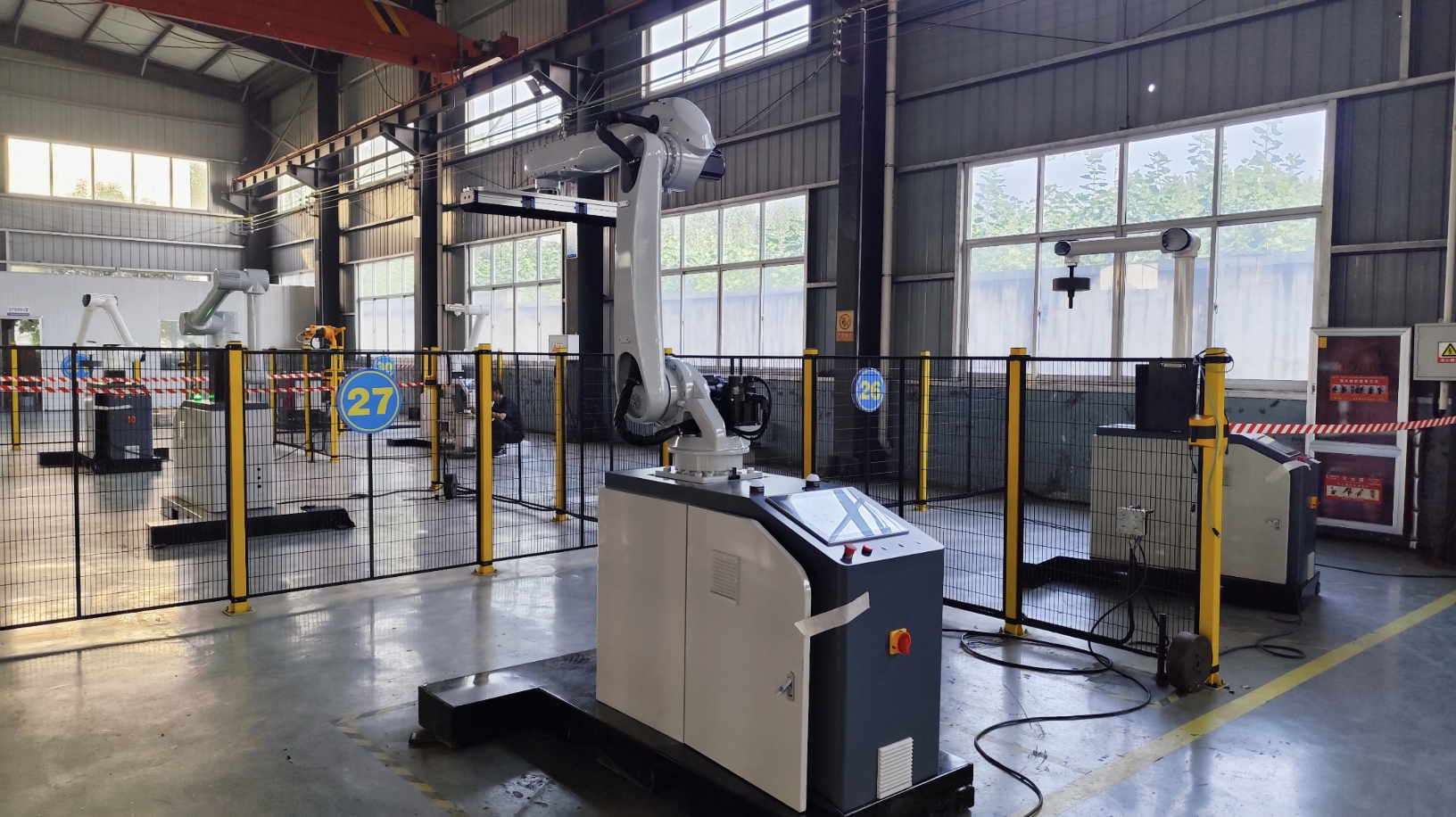
Online Consultation
Hello, the current customer service is offline. You can leave your contact information and the staff will respond to you as soon as possible!


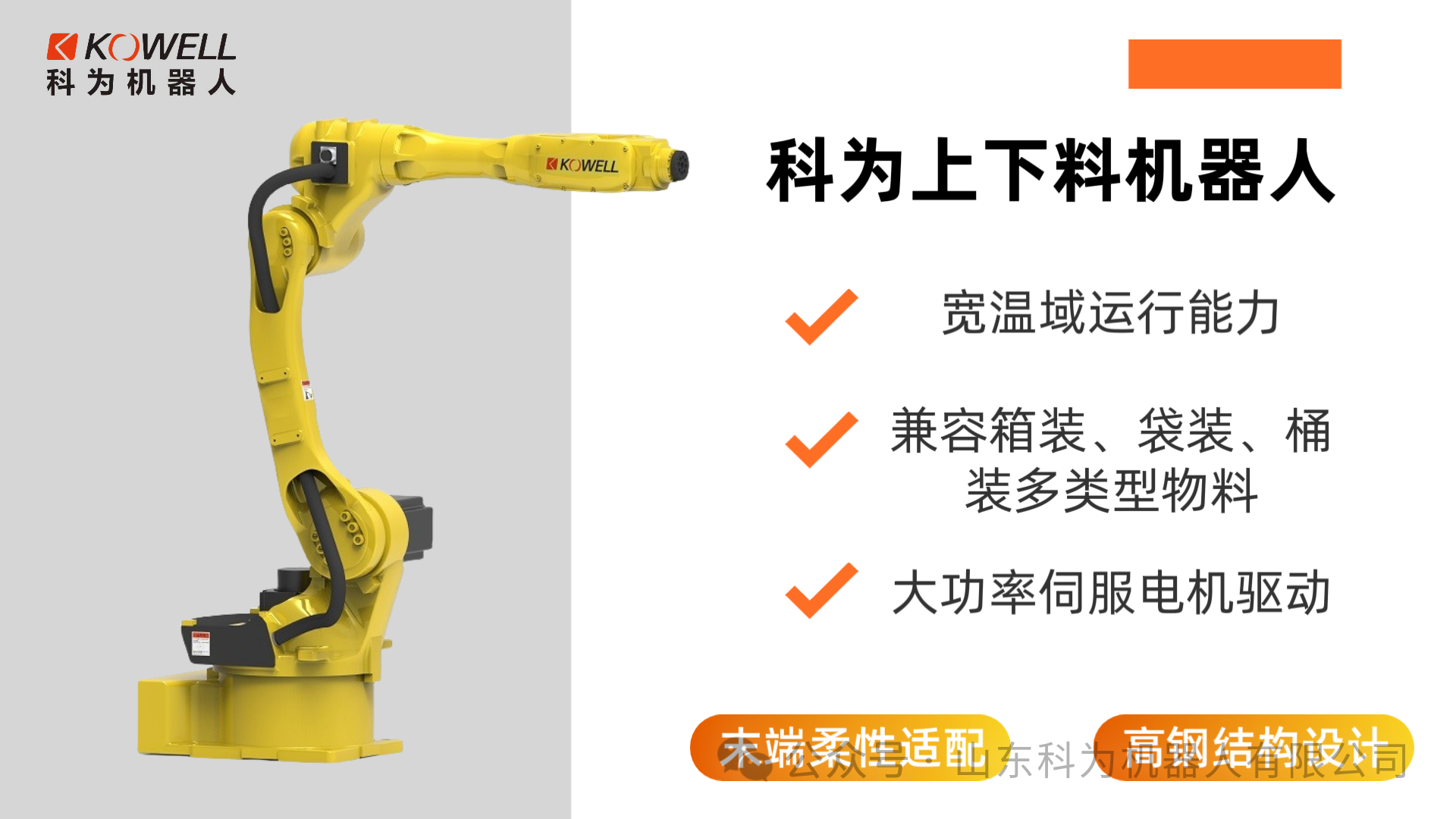

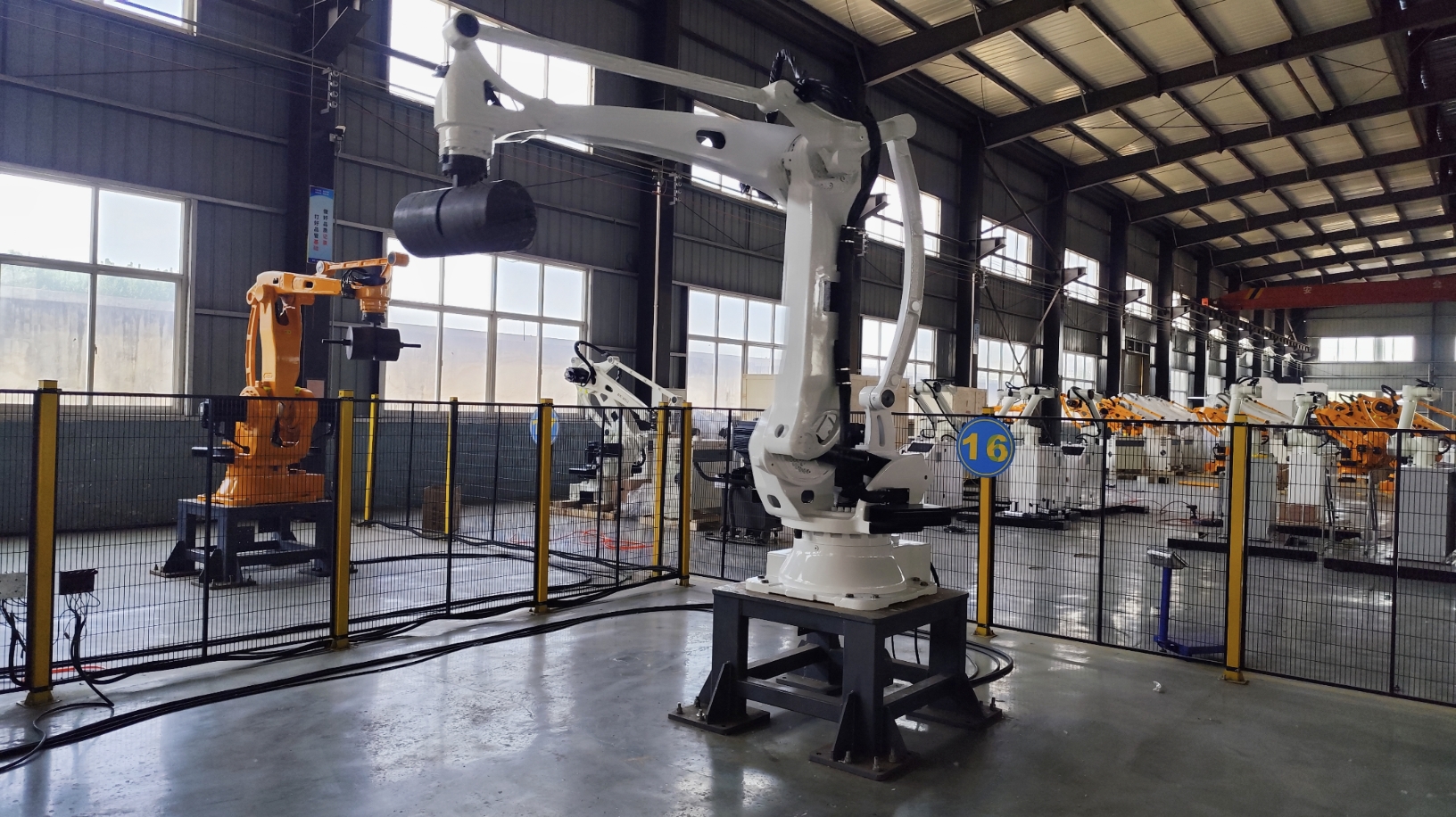
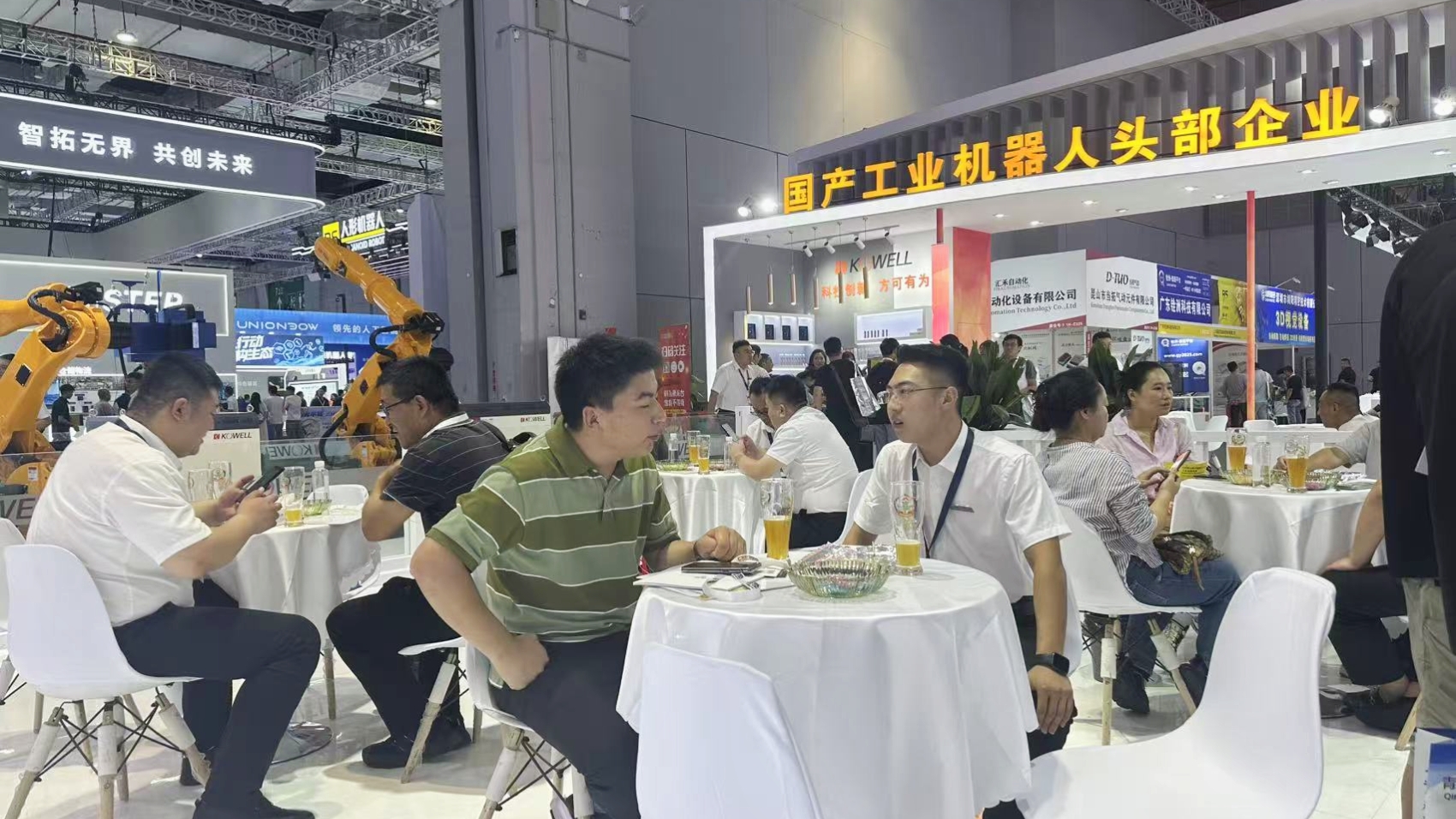
![[CIIF Day 4: Technology In-Depth] Kewei Robotics Drives Intelligent Manufacturing with Innovation, Leading the Wave of Industrial Transformation](https://cdn.cnyandex.com/kw_en/uploads/9.26.1.jpg)